Another Low-cost and Green Technology Is Revealed for Recycling LIB Cathodes
| Jerry Huang
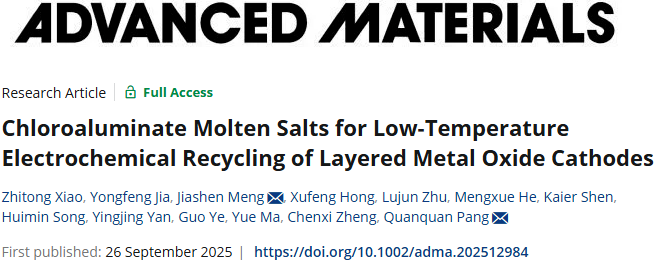
Editor's note: The rapid development of consumer electronics, EV and grid energy storage has led to a huge demand for lithium-ion batteries (LIBs). However, with a lifespan of only 6-8 years, over 11 million tons of batteries are expected to expire by 2030, triggering unprecedented resource pressures, environmental risks and economic challenges. Currently, recycled cathode materials (particularly layered metal oxides, LMOs), containing high-value elements like Li, Co, Ni, and Mn, are the focus of these recycling efforts.
Here is another approach presented by Quanquan Pang team at PKU with joint Jiashen Meng team at WUT on recycling of spent LIB cathodes, particularly LMOs. Thanks to all researchers with high respect.
Notably, this LTMS-ECR approach directly processes spent cathodes still attached to aluminum current collectors, without the step to crush electrodes into "black powder" and significantly simplifying pretreatment steps.
LTMS-ECR technology is claimed to have the potential of achieving high profitability of $1.86/kg in recycling spent batteries due to its use of reusable low-cost molten salt electrolytes and Li2O, along with high-value by-products Co3O4 and LiCl, showing a nearly tenfold improvement over pyrometallurgical and hydrometallurgical technologies.
Analyses over technical, economic and environmental impact demonstrate that LTMS-ECR exhibits remarkable economic feasibility and carbon sustainability. Its high recovery efficiency, low energy consumption, and environmental friendliness present a revolutionary chemical pathway for cathode material recycling.
Abstract
Electrochemical recycling (ECR) offers a promising strategy that harnesses renewable energy to deconstruct spent layered metal oxides (LMOs). However, current ECR approaches are limited to high-temperature operation (up to 750 °C) employing alkali carbonate or chloride melts as electrolytes, leading to high energy consumption for heat input. Here, this study proposes a low-melting-point alkali chloroaluminate melt electrolyte composed of AlCl3–LiCl, enabling ECR electrolysis at a temperature as low as 150 °C. Owing to the high solubility of O2− charge carrier in alkali chloroaluminate melt, LMO cathode undergoes electrochemical reductive de-structuring to yield elemental transition metals and lithium chloride (LiCl). Importantly, two products are insoluble in the Li2O-added melt and can be separated by a facile water leaching treatment. Notably, by incorporating an inert TiN anode, CO2 emission during the electrolysis is eliminated by instead generating O2, further contributing to carbon neutrality. With the low-temperature molten salt electrolyte ECR (LTMS-ECR) approach, a high cobalt recovery rate of 97.3% is achieved for LiCoO2. Technoeconomic analyses project that the LTMS-ECR technology reduces energy consumption and CO2 emission by ≈20% and is nearly ten times more profitable compared to conventional methods. The approach represents a revolutionary alternative for energy-effective, sustainable and economically viable recycling of spent LIBs.
References
https://doi.org/10.1002/adma.202512984
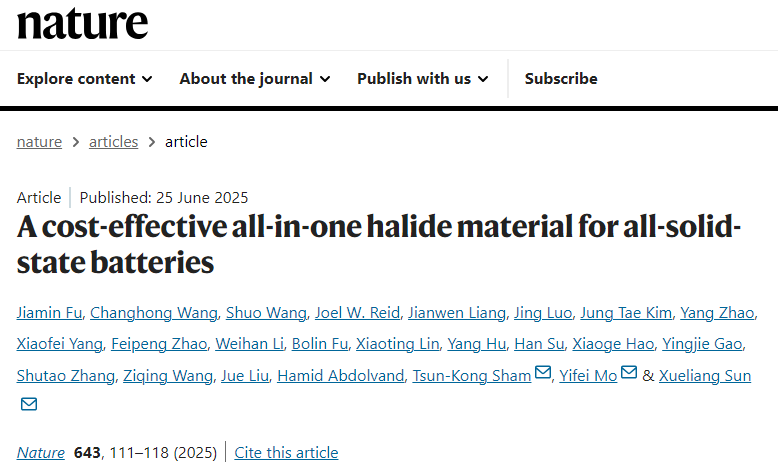
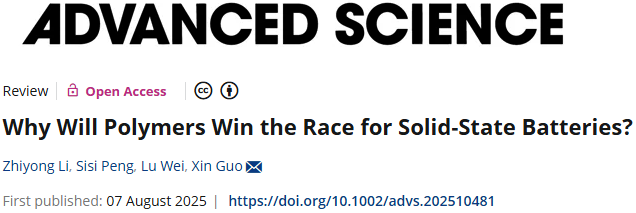
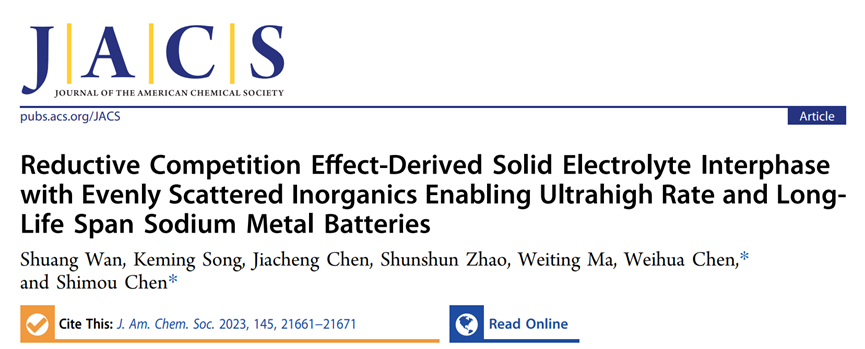
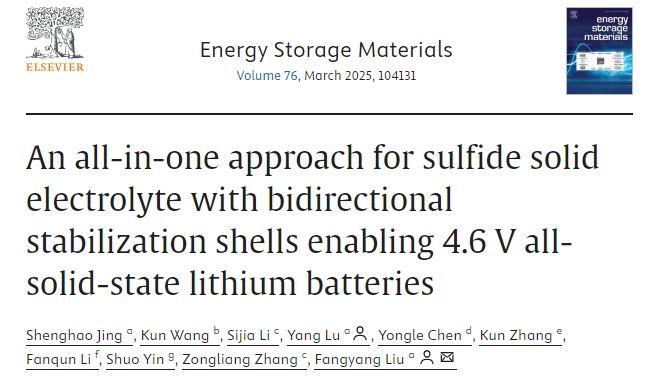
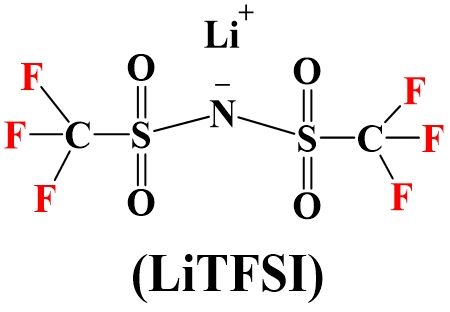
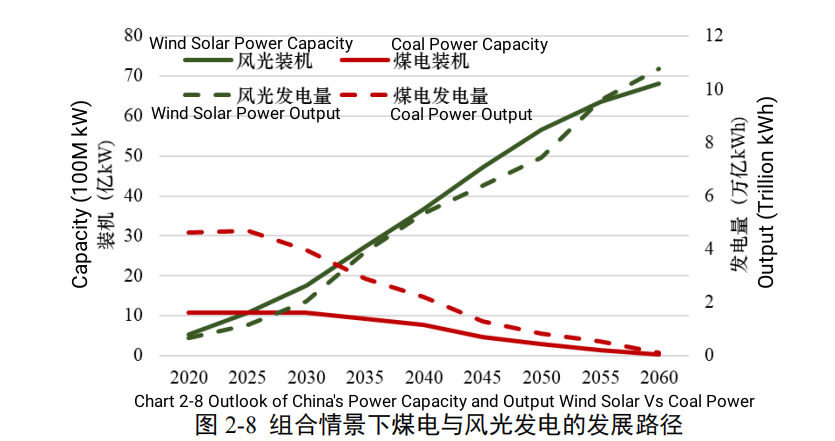
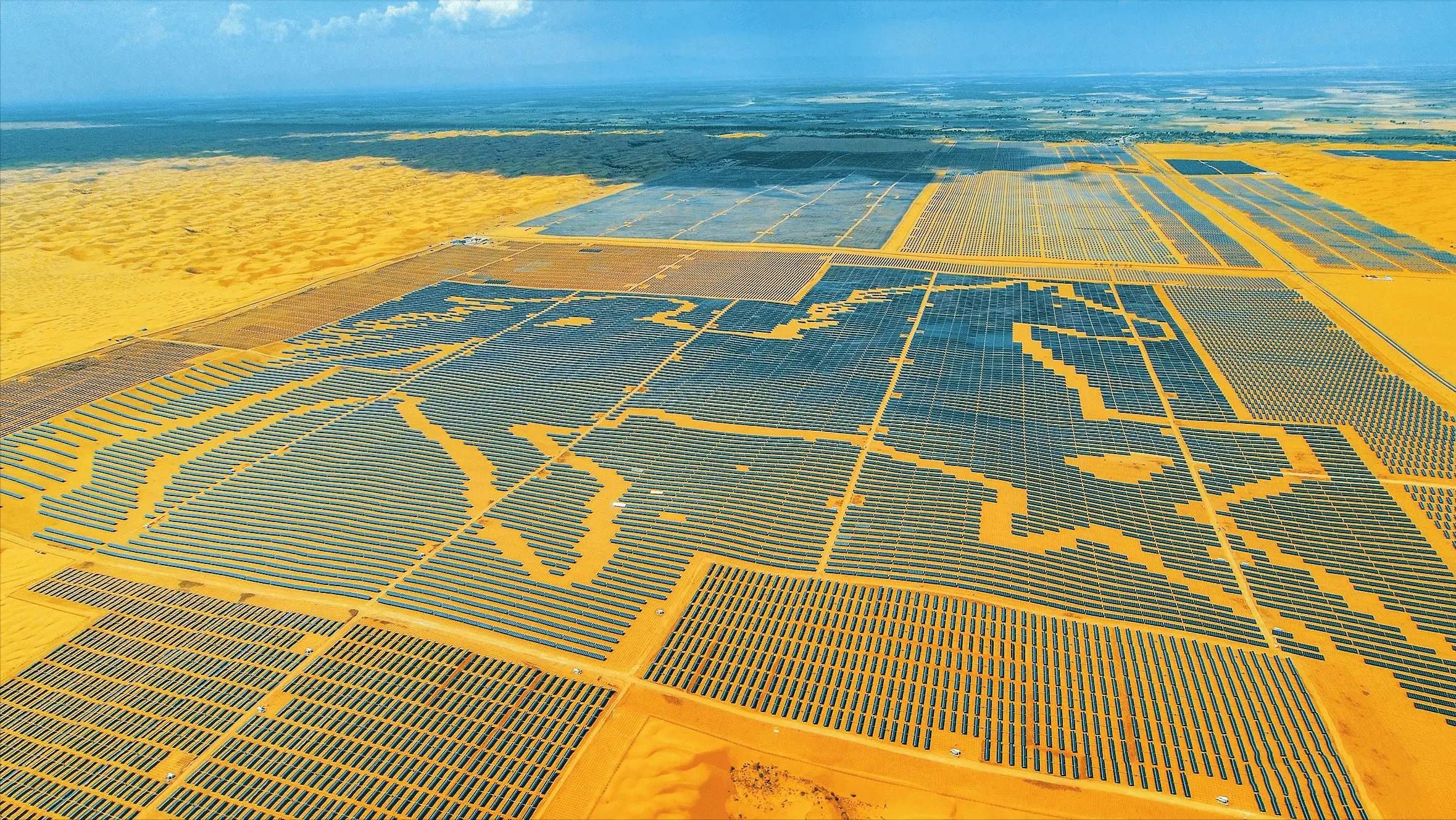 Solar panels first built
Solar panels first built 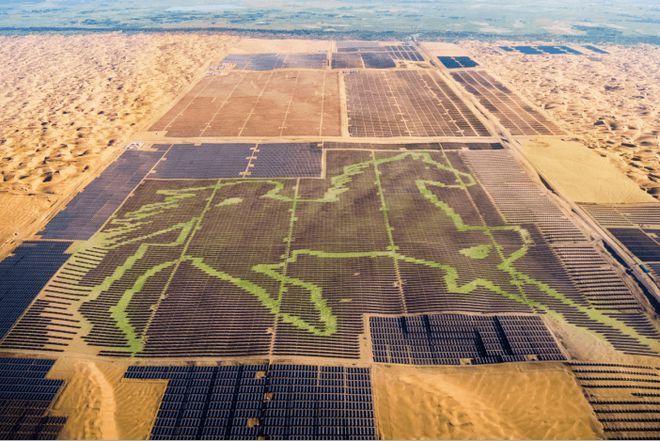 Solar panels one year later
Solar panels one year later 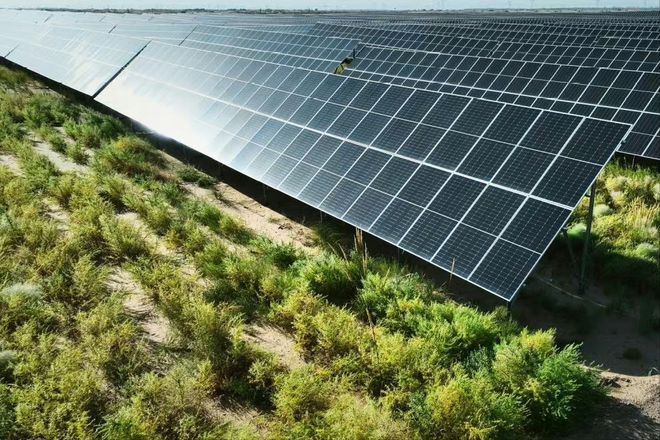 Solar power base five years later
Solar power base five years later